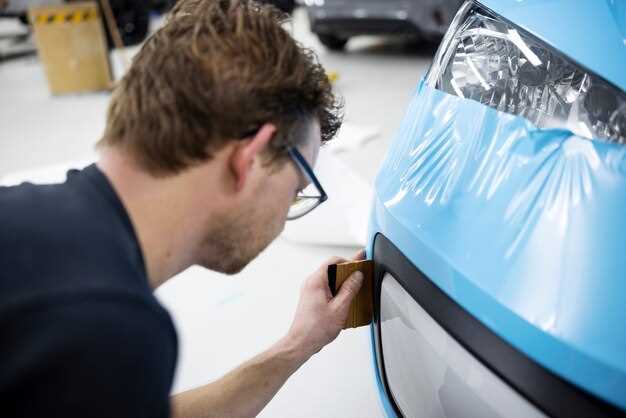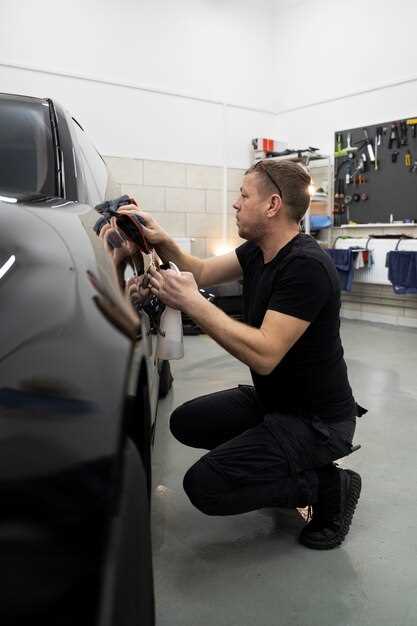
When it comes to enhancing the aesthetics and performance of a vehicle, the integration of body kits with the original car design plays a crucial role. A body kit, which usually includes components like bumpers, side skirts, and spoilers, can significantly alter the visual appeal and aerodynamics of a car. Customizing a vehicle with these kits presents both challenges and opportunities for car enthusiasts looking to make their mark on the automotive landscape.
The art of seamlessly integrating a body kit with the original design of a car requires an understanding of both form and function. A well-executed integration not only enhances the appearance of the vehicle but also retains the core characteristics that define its identity. Custom body kits can accentuate the sporty lines of a car while maintaining its manufacturer’s design language, ensuring that it still feels like the same vehicle at a glance.
Moreover, selecting the right materials and designs for body kits is essential for achieving a cohesive look. The compatibility between the custom components and the original structure must be carefully considered, as poorly matched elements can lead to a disjointed appearance or even performance issues. Therefore, the thoughtful integration of body kits with original car design demands meticulous planning and execution, resulting in a personalized vehicle that pays homage to its roots while celebrating individuality.
Choosing the Right Body Kit for Your Stock Car

Selecting the appropriate body kit for your stock car requires careful consideration. First, evaluate your vehicle’s original design, including its lines, curves, and overall aesthetic. A custom kit should complement these features without compromising the car’s inherent style.
Next, determine the purpose of the modifications. If you’re looking to enhance performance, consider kits that include aerodynamic enhancements or lightweight materials. For visual upgrades, focus on kits that align with your personal taste while still respecting the original design philosophy of the car.
It’s essential to explore different manufacturers and read reviews. Quality can vary significantly, and well-reviewed kits often provide better fitment and longevity. Installation ease is another critical factor; some kits require professional installation, while others can be easily fitted at home.
Compatibility is paramount. Ensure the kit you choose is specifically designed for your stock model to avoid issues with alignment or body integrity. Custom kits made for particular makes and models will typically offer superior results.
Finally, consider the overall budget. Weigh the costs of the kit, installation, and any additional modifications that might be necessary. A high-quality body kit can enhance your stock car’s appearance and performance, making it a worthwhile investment.
Assessing Compatibility with OEM Features and Specifications

When integrating a body kit with the original car design, it is crucial to assess the compatibility with OEM features and specifications. The stock components of the vehicle, such as the chassis, suspension, and electrical systems, should be evaluated to ensure that the custom elements do not interfere with their functionality.
Compatibility assessment begins with a thorough examination of the vehicle’s dimensions and structural integrity. The body kit must align perfectly with the stock frame to prevent issues such as misalignment or undue stress on critical components. Mismatched measurements can lead to complications in installation and performance, negating the intended benefits of the kit.
Additionally, the integration of custom body elements must consider aerodynamics and weight distribution. Body kits designed to enhance performance should not alter the original downforce characteristics or center of gravity established by OEM specifications. This can influence handling and stability, ultimately affecting driver safety.
Braking systems and exhaust configurations are also essential points of assessment. Modifications to the exterior should not impede access to these crucial systems; rather, they should complement the existing setup. Furthermore, adherence to OEM materials and finishes ensures that the body kit retains the vehicle’s aesthetic while maintaining durability and quality.
In conclusion, a successful integration of a body kit with a vehicle demands careful evaluation of compatibility with stock OEM features. Ignoring these specifications can lead to suboptimal performance and safety risks. Therefore, thorough research and consideration of both design and functionality are essential in achieving a harmonious blend of custom elements with the original vehicle design.
Techniques for Seamless Installation and Customization
Integrating body kits with the stock design of a car requires precision and expertise. To achieve a seamless look, follow these techniques:
- Preparation of the Vehicle:
- Thoroughly wash the car to remove any dirt and debris.
- Inspect the stock body for any dents or imperfections that need repair.
- Ensure the surface is smooth and clean for optimal adhesion.
- Selecting the Right Body Kit:
- Choose a body kit that complements the original lines of your car.
- Consider materials such as fiberglass, polyurethane, or carbon fiber based on desired durability and weight.
- Verify fitment specifications to ensure compatibility with your stock vehicle.
- Custom Fitting Process:
- Mark alignment points on both the body kit and the stock car for accurate placement.
- Use clamps or tape to hold the body kit in place before final installation.
- Modify the kit as needed–trimming edges or filling gaps to create a flush finish.
- Securing the Body Kit:
- Utilize high-strength adhesive or bolts for a secure attachment.
- Ensure all fasteners are tightened adequately, but avoid over-tightening which can cause damage.
- Apply sealant along seams to prevent moisture ingress and enhance longevity.
- Final Touches and Customization:
- Paint the body kit to match the stock car color, or choose a custom finish to enhance aesthetics.
- Incorporate decals or vinyl wraps for a distinctive look.
- Perform a final inspection to confirm the body kit is securely integrated and visually appealing.
Applying these techniques will ensure that your custom body kit integrates seamlessly with the original design of your car, enhancing both the look and performance of the vehicle.



